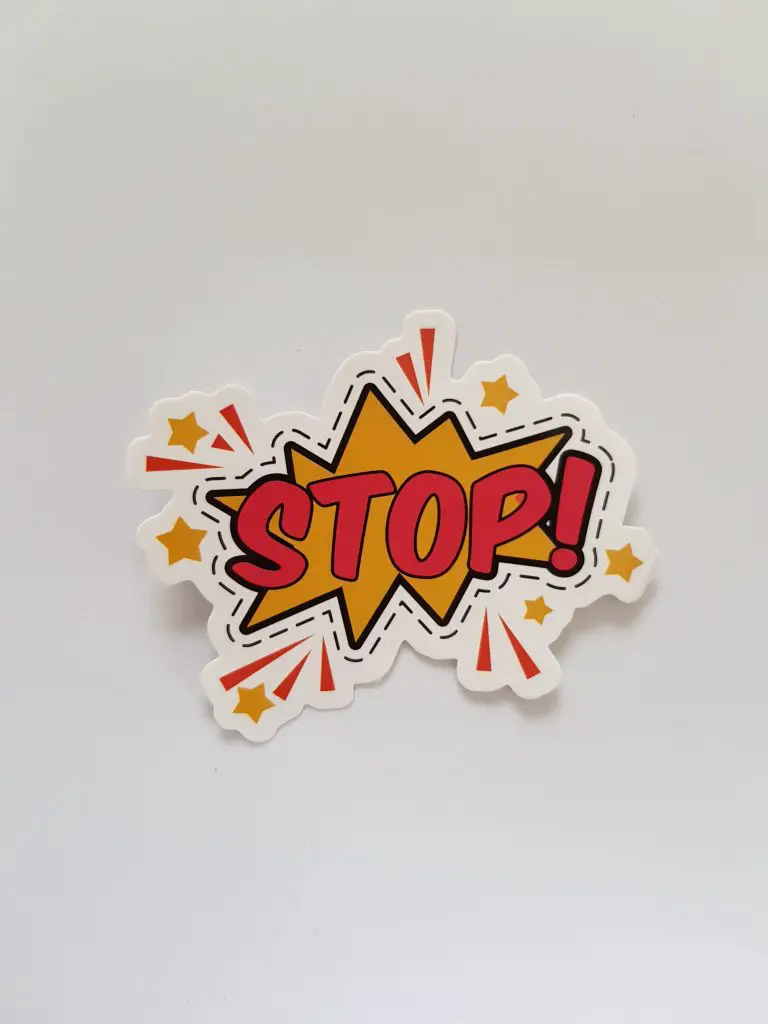A stop loss is a risk management tool that keeps your losing trades small. The point of a stop loss is defensive and to eliminate big losses from your trading.
Here are ten tips for thinking about when placing a stop loss on a trade:
- Your stop loss should be a part of your trading plan on entry not figured out later.
- The best time to set a stop loss is before you get emotionally wrapped up in the outcome of a losing trade.
- A stop loss should be placed at a price level that price shouldn’t go to if the trade is going to work out in your favor.
- A stop loss should be placed at a key technical level not based on an opinion.
- It is better to set a stop loss based on a meaningful price level not just at a flat percentage of loss from entry.
- A stop loss should be set first then position size based on the size loss you want if it is hit.
- Set your stop at a level that has a low probability of being triggered to increase your odds of success.
- The best stop loss is taken when first triggered not holding and hoping, if you don’t follow your plan then you aren’t really managing risk or staying disciplined.
- The longer you wait to stop your loss the harder it is to eventually exit later.
- The farther your stop loss is from your entry price the smaller your position size should be.

